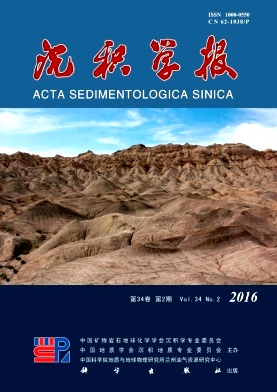Progress on Retrieval Models of Suspended Sediment Concentration from Satellite Images in the Eastern China Seas
doi: 10.14027/j.cnki.cjxb.2016.02.008
- Received Date: 2015-05-04
- Rev Recd Date: 2015-07-03
- Publish Date: 2016-04-10
-
Key words:
- retrieval models from satellite images /
- suspended sediment concentration /
- eastern China seas
Abstract: Remote sensing has been widely used to research suspended sediment concentration on sea surface. The hydrology and inherent optical properties of sea waters are very complex in the eastern China seas, which makes building retrieval models from satellite images more difficult. By comparing and summarizing former researches, some conclusions and suggestions about establishing inversion models have been offered. It can improve accuracy to build models separately in different time and regions identified by in-situ data. Areas containing different SSC have their own optimal bands combination to be used in models. In the coastal areas with high SSC, using the combination of the second peak of water reflectance and the increasing part before the first peak as proportional input factors and choosing inverse proportional input factor based on specific spectrum feature of water can offer the best bands' choice. In offshore waters with low SSC, optimal bands' combination are the first peak of reflectance of water and the increasing part before it. And taking sediment grain size into models can also increase accuracy and may break the depth limitation of remote sensing in shallow sea. It's better to use determination coefficient, mean relative error, mean absolute error and root mean square error as the assessment criterion of models' results and its stability can be certified by error sensitivity analysis. Though semi-analytical and neural network models have more explicit physical foundations, empirical models have better precision and applicability. There is a promising trench using remote sensing to study instantaneous oceanic events due to the advancement of high spatial-and-temporal resolution satellites.
| Citation: | WANG Zhen, QIAO LuLu, WANG YunFei. Progress on Retrieval Models of Suspended Sediment Concentration from Satellite Images in the Eastern China Seas[J]. Acta Sedimentologica Sinica, 2016, 34(2): 292-307. doi: 10.14027/j.cnki.cjxb.2016.02.008 |






 DownLoad:
DownLoad: